You are here
History of town of Yassy.
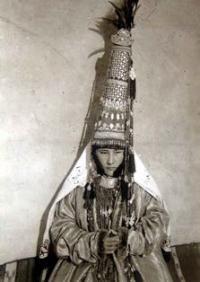
Historical and archaeological places of Turkestan.
“For everything in this journey of life we are on, there is a right wing and a left wing: for the wing of love there is anger; for the wing of destiny there is fear; for the wing of pain there is healing; for the wing of hurt there is forgiveness; for the wing of pride there is humility; for the wing of giving there is taking; for the wing of tears there is joy; for the wing of rejection there is acceptance; for the wing of judgment there is grace; for the wing of honor there is shame; for the wing of letting go there is the wing of keeping. We can only fly with two wings and two wings can only stay in the air if there is a balance. Two beautiful wings is perfection. There is a generation of people who idealize perfection as the existence of only one of these wings every time. But I see that a bird with one wing is imperfect. An angel with one wing is imperfect. A butterfly with one wing is dead. So this generation of people strive to always cut off the other wing in the hopes of embodying their ideal of perfection, and in doing so, have created a crippled race”
C. JoyBell C.
Excursions to Turkestan.
Turkestan (Yassy) was regarded as the spiritual and politcal centre of the Turkic speaking peoples and was the original capital of the Kazakh khans. Sheikh Hodja Ahmed Yassawi - a Sufi mystic, poet and philosopher - was the spiritual leader of the Turkic peoples, and the legendary Tamerlane built a splendid hanaka (Sufi temple) over Yassaui's burial-place in the XIVth century.
The Kazakh khans established their headquarters and citadel nearby in the XV - XVIth centuries. The Hodja Ahmed Mausoleum is an unsurpassed masterpiece of medieval architecture, an amazing complex of palaces and temples with over 30 different rooms and halls.
The main dome is over 40 m in diameter and the minarets are 12m high. The elegant decor, patterned ceiling vaults and colourful majolica tiling capture the imagination. Also worth seeing are the town of Turkestan itself, the necropolis, other mausoleums, the Friday mosque, bath-house, and part of the citadel's fortified wall and gates.
Turkestan is now 1,500 years old. On weekdays there are usually between 100 and 250 pilgrims visiting, and this number can swell to 1,000 people per day during religious holidays. According to popular belief, the road to Turkestan must cross the Arystan bab Mausoleum erected over the tomb of Ahmed Yassaui's teacher, a famous religious mystic who lived in the XIIth century.
The earliest part of the building dates back to the Timurid era (XVI - XVth centuries). The ancient town of Otrar (IVth century ВС) was an important trade centre. It was known for its mint and its extensive library which equalled the greatest libraries of antiquity.
The world-famous medieval thinker al-Farabi was born, lived and worked in Otrar. This unique town was razed to the ground by the Mongols in the late XIIIth century. The mighty fortress of Sou-ran (X - XVIIIth centuries) is famous for its unique water supply system, thanks to which the town could withstand a siege for several months.
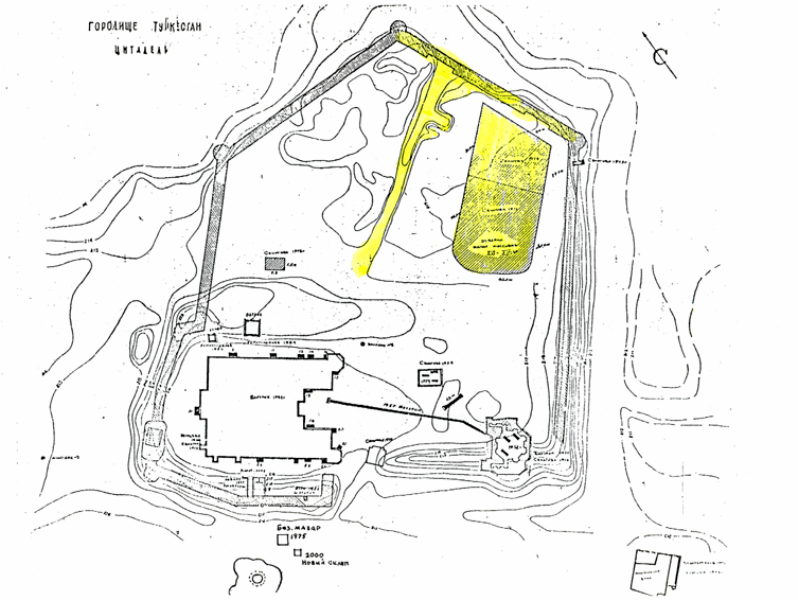
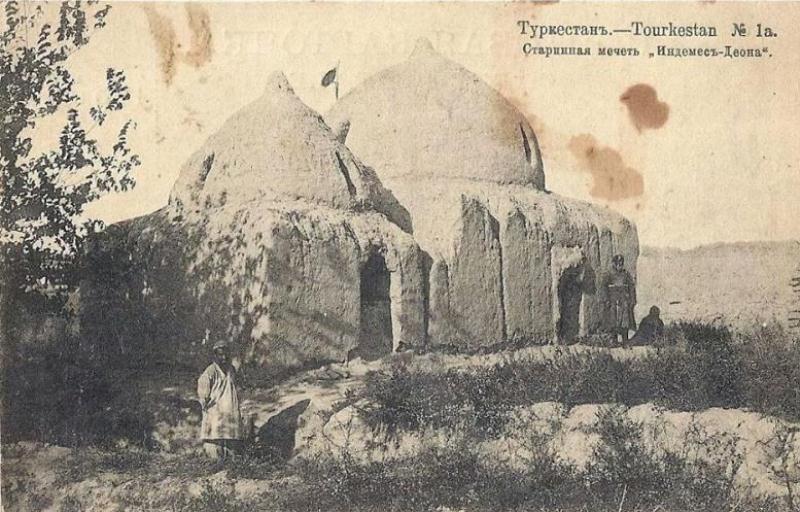
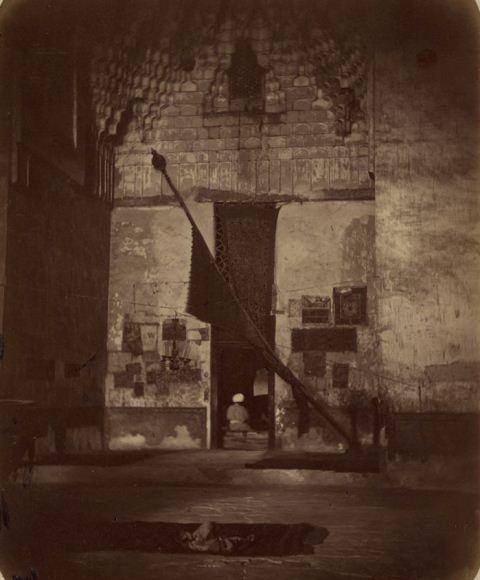
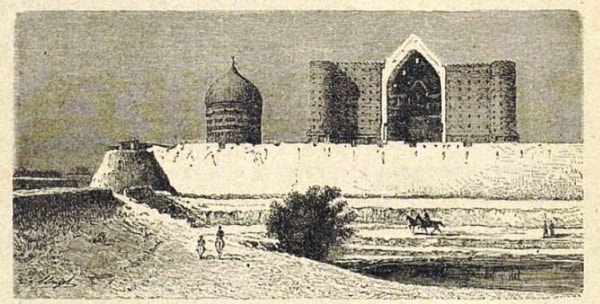
Authority:
"Guide to Kazakhstan". 2002.







